Table of Contents
Introduction to Allspice
Spices are the unsung heroes of every kitchen, transforming simple dishes into culinary masterpieces. Among the many spices that grace our shelves, allspice stands out as a versatile and aromatic gem. Despite its misleading name, allspice is not a blend of spices but a single ingredient derived from the dried berries of the Pimenta dioica tree. Whether you're an amateur cook or a seasoned chef, understanding this unique spice can elevate your cooking experience.
What Is Allspice?
Allspice, also known as pimento or Jamaica pepper, is a single spice derived from the dried unripe berries of the Pimenta dioica tree. Despite its name, it's not a blend of multiple spices but a unique ingredient that offers a complex flavor profile. It combines the warmth of cinnamon, the heat of black pepper, and the sweetness of nutmeg in one small, flavorful package.
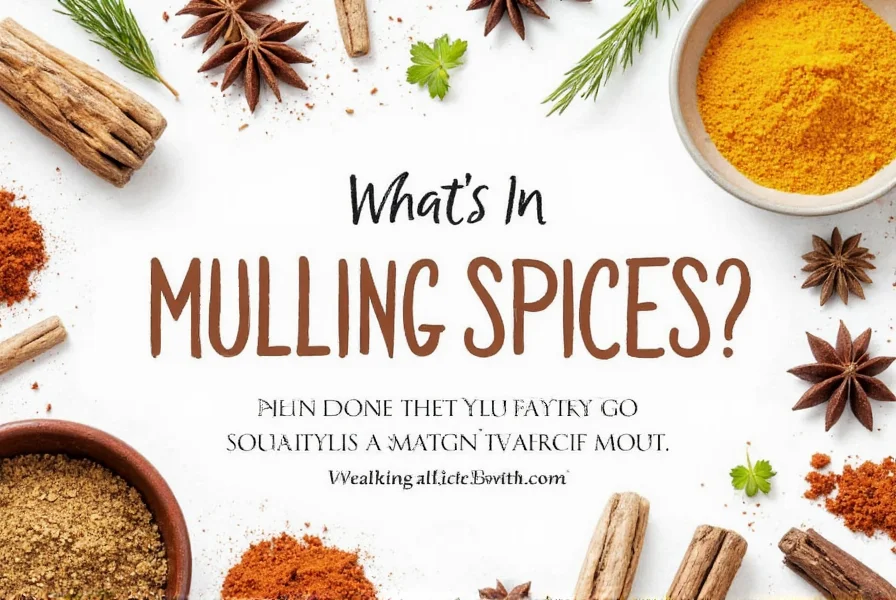
The allspice spice is rich in essential oils, which give it its distinct aroma and taste. When ground, it becomes a fine powder that can be used in both sweet and savory recipes. Its versatility makes it a must-have in any spice cabinet.
Allspice vs. Other Spices
While allspice may seem similar to other warm spices like cinnamon or cloves, it has its own unique characteristics. Here's a quick comparison:
| Spice | Flavor Profile | Common Uses |
|---|---|---|
| Allspice | Warm, sweet, and slightly peppery | Meat dishes, stews, baked goods, and sauces |
| Cinnamon | Sweet and aromatic | Baked goods, coffee, and desserts |
| Cloves | Strong, spicy, and slightly sweet | Spiced drinks, meat rubs, and holiday baking |
| Nutmeg | Warm, nutty, and slightly sweet | Baked goods, sauces, and beverages |
As you can see, allspice holds its own with a more balanced and layered flavor compared to these other spices. This makes it ideal for recipes where you want a touch of warmth without overpowering the dish.
Culinary Uses of Allspice
Allspice is a favorite among chefs and home cooks alike due to its wide range of applications. Here are some popular ways to use it in your cooking:
- Meat Dishes: Add ground allspice to marinades, stews, and slow-cooked meats like pork or chicken for a deep, savory flavor.
- Spiced Baking: Use it in pies, cakes, and cookies to add warmth and complexity. Think pumpkin pie, gingerbread, or spiced apple crisp.
- Sauces and Gravies: Enhance the depth of your gravies or barbecue sauces with a pinch of allspice.
- Drinks: Infuse it into mulled wine, hot chocolate, or even coffee for a cozy, spiced twist.
- Vegetable Dishes: Sprinkle it on roasted vegetables or use it in vegetable curries for a burst of flavor.
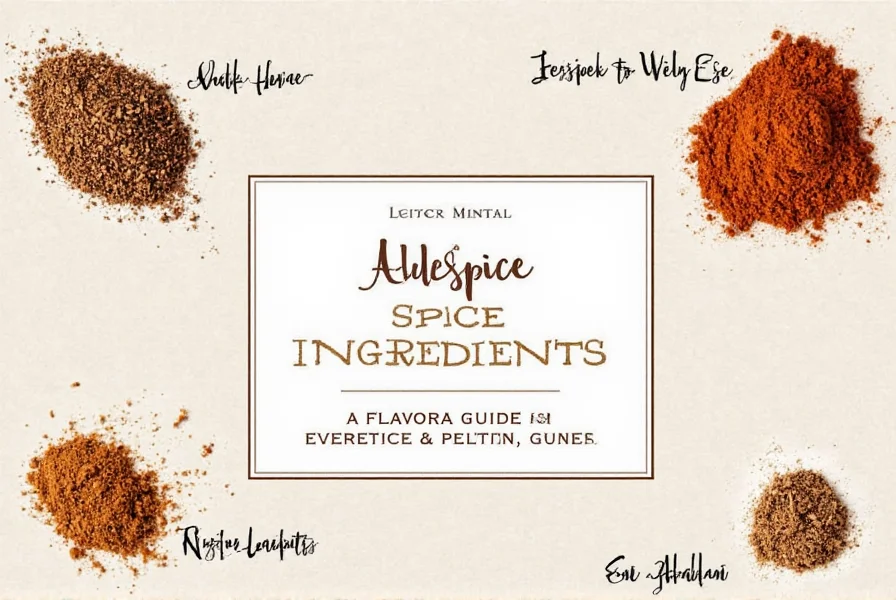
One of the best things about allspice is that it works well in both sweet and savory dishes. It's a great way to experiment with different flavor combinations while keeping your recipe grounded in tradition.
Buying Guide for Allspice
When it comes to buying allspice, quality matters. Here's a detailed guide to help you choose the best product:
Types of Allspice
- Whole Berries: These are the dried fruits of the allspice tree and are often used in pickling or as a flavoring agent in soups and stews.
- Ground Allspice: This is the most commonly used form and is ideal for baking and seasoning dishes.
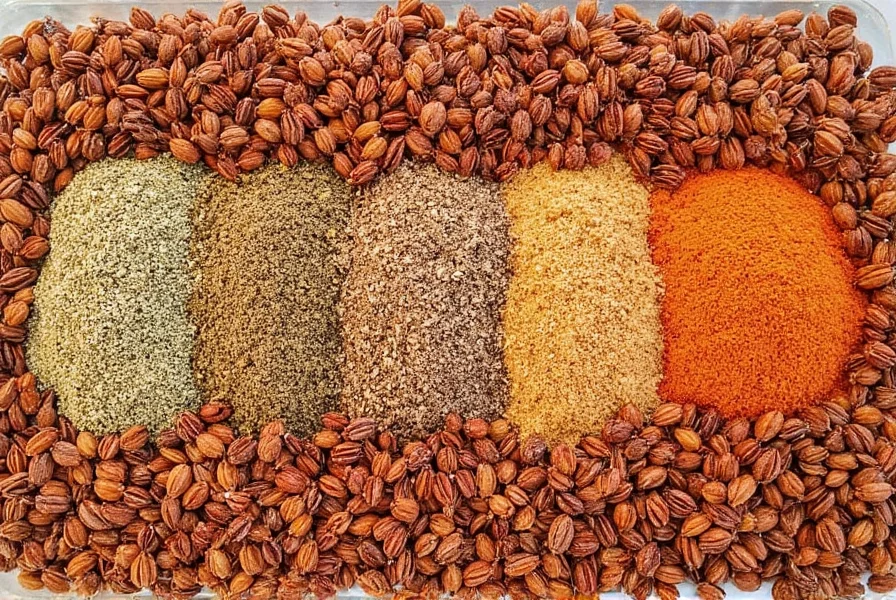
Key Features to Look For
- Freshness: Choose allspice that smells strong and aromatic. If it's stale or lacks fragrance, it's likely past its prime.
- Purity: Opt for pure allspice without any added fillers or preservatives.
- Source: Look for products from reputable brands or organic sources for the best quality.
Recommended Products
Here are a few highly-rated allspice options available on the market:
- McCormick Ground Allspice – A reliable choice with a consistent flavor profile. Perfect for everyday cooking and baking.
- McCormick Whole Allspice Berries – Ideal for those who prefer to grind their own spice for maximum freshness.
- Penzeys Ground Allspice – Known for its bold flavor and high quality. Great for recipes where allspice plays a starring role.
Allspice is suitable for a variety of occasions, from casual family dinners to special holiday meals. Whether you're making a classic dish or trying something new, having good-quality allspice on hand ensures your flavors are always on point.
Cooking Tips with Allspice
Using allspice effectively can make a big difference in your cooking. Here are some practical tips to keep in mind:
- Start Small: Allspice is potent, so it's best to start with a small amount and adjust to taste. You can always add more, but you can't take it away.
- Pair Wisely: Combine it with other warm spices like cinnamon, nutmeg, or cloves for a more complex flavor. Avoid pairing it with very strong or bitter ingredients that might clash.
- Grind Fresh: If using whole berries, grind them just before use to preserve their aroma and potency.
- Use in Balance: Allspice works best when used in moderation. It enhances rather than overwhelms the dish.
- Experiment Freely: Don't be afraid to try it in unexpected places, like fruit salads, oatmeal, or even cocktails for a unique twist.
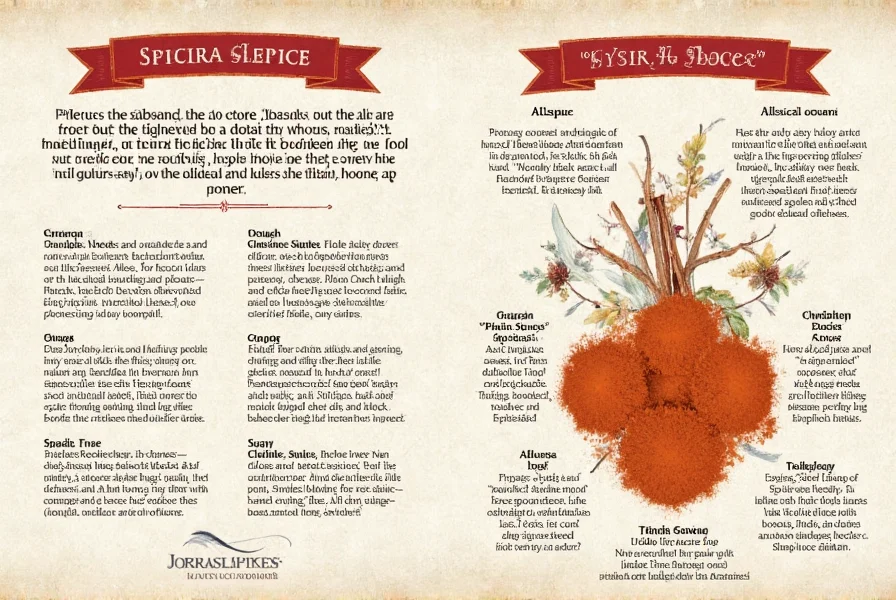
Remember, allspice is a fantastic way to bring warmth and depth to your dishes. With a little experimentation, you'll find countless ways to incorporate it into your cooking routine.
Frequently Asked Questions About Allspice
Is allspice actually a blend of multiple spices?
No, despite its name, allspice is not a blend but a single spice made from the dried unripe berries of the Pimenta dioica tree. Its name comes from its flavor profile that resembles a combination of cinnamon, nutmeg, and cloves.
What are the main chemical components that give allspice its distinctive flavor?
Allspice gets its complex flavor from essential oils including eugenol (also found in cloves), myrcene, and caryophyllene. These compounds create its warm, sweet, and slightly peppery profile that combines notes reminiscent of several spices.
Can I substitute allspice if I don't have it?
Yes, you can create a substitute by combining equal parts cinnamon, nutmeg, and cloves. However, this won't perfectly replicate authentic allspice, as it has unique compounds not found in this blend. For best results, use 1/2 teaspoon of this blend to replace 1 teaspoon of allspice.
What gives allspice its medicinal properties?
Allspice contains eugenol, which has anti-inflammatory and analgesic properties. It also contains antioxidants like quercetin and gallic acid. These compounds contribute to both its distinctive flavor and potential health benefits when consumed in culinary amounts.
How can I tell if my allspice is fresh and high quality?
Fresh allspice should have a strong, warm aroma with notes of cinnamon, clove, and pepper. When rubbed between your fingers, it should leave a slight oily residue. The color should be medium to dark brown - if it's very light or grayish, it's likely stale. Whole berries stay fresh longer than ground allspice.
Why is Jamaican allspice considered superior to other varieties?
Jamaican allspice is renowned for its superior quality due to the island's ideal growing conditions - rich soil, consistent rainfall, and optimal temperatures. This produces berries with higher concentrations of essential oils, resulting in a more complex, balanced flavor profile compared to allspice grown in other regions.
Conclusion
Allspice is more than just a spice—it's a flavor powerhouse that can transform your cooking. From its unique taste profile to its wide range of applications, allspice is a must-have for any kitchen. Whether you're a seasoned chef or a curious beginner, this versatile ingredient offers endless possibilities.
By understanding what allspice is and how to use it, you can unlock new dimensions of flavor in your recipes. So next time you're shopping for spices, don't forget to grab a bottle of allspice. Your taste buds—and your guests—will thank you!
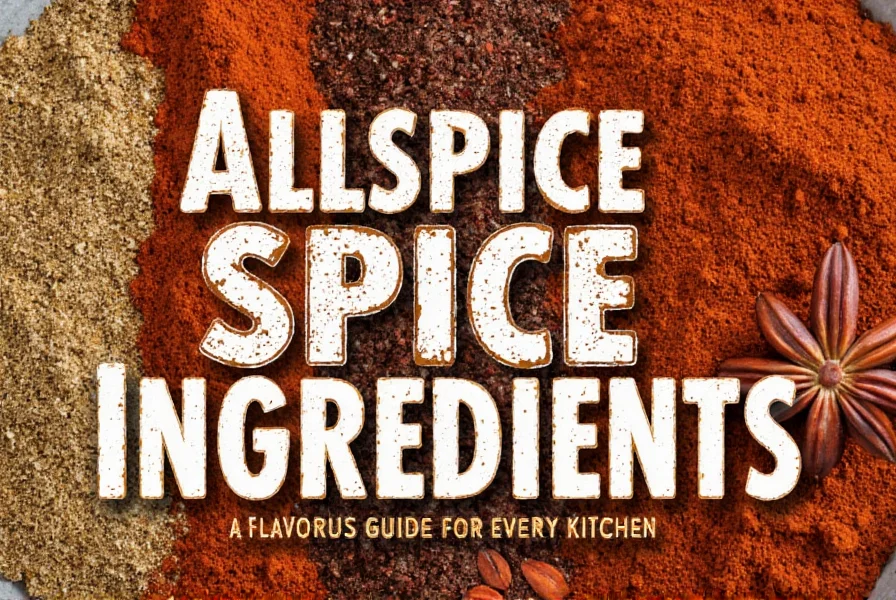
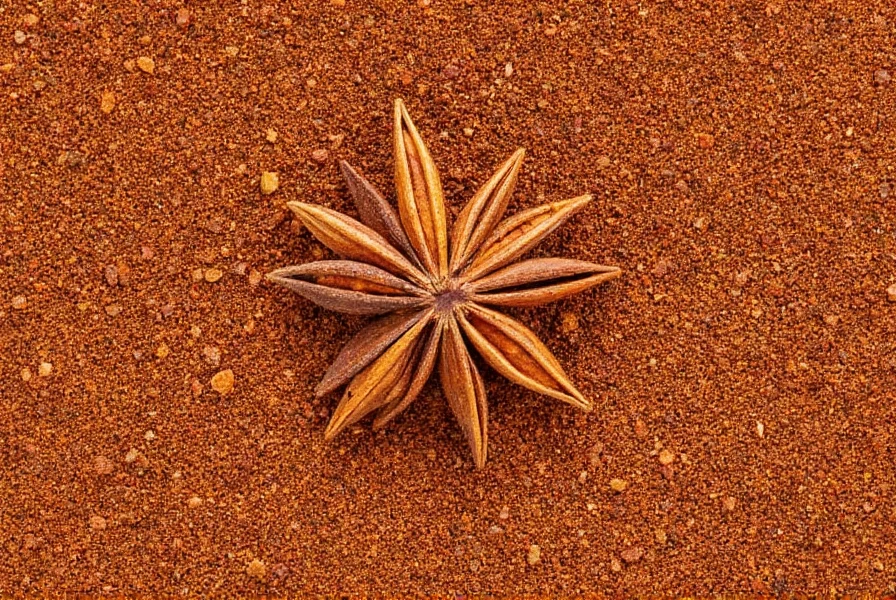
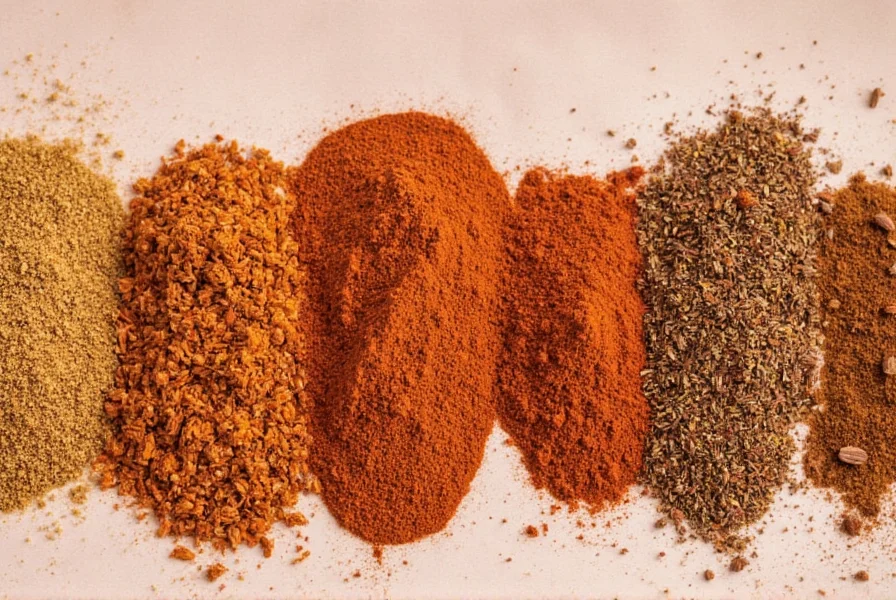
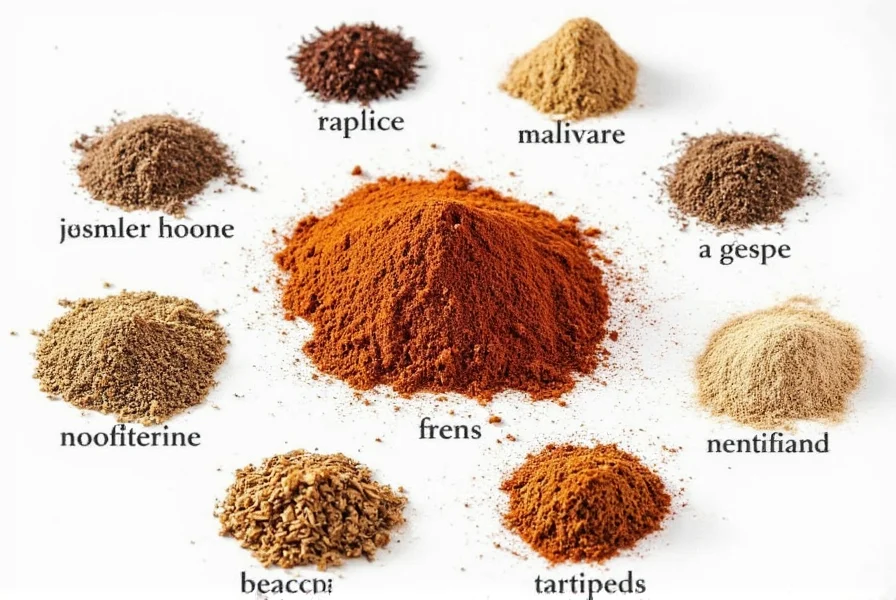
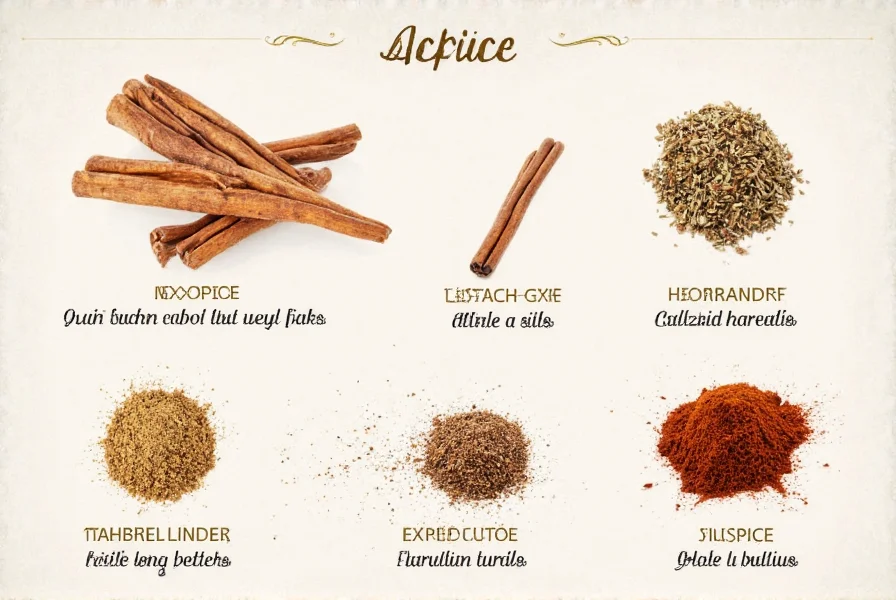

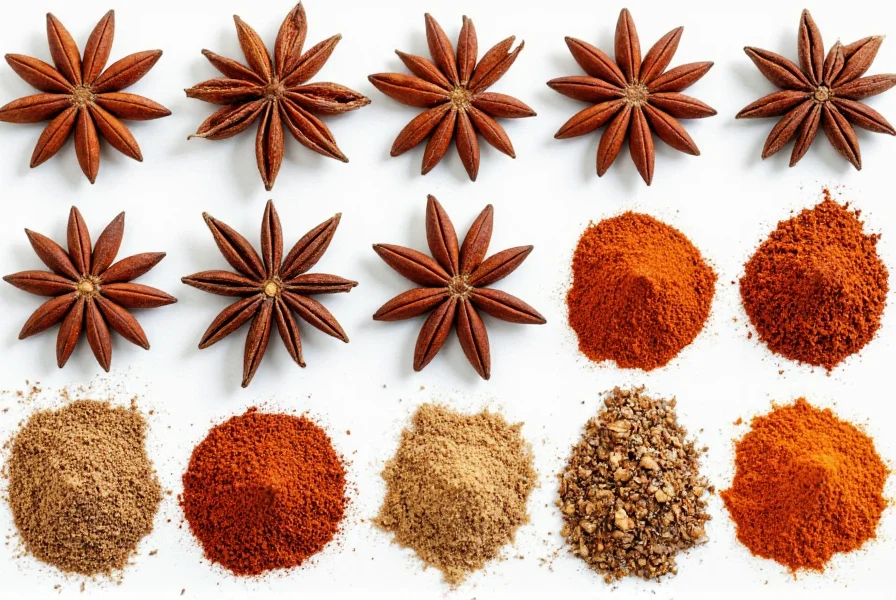









 浙公网安备
33010002000092号
浙公网安备
33010002000092号 浙B2-20120091-4
浙B2-20120091-4